With thanks to Michiel van Setten, UC Louvain, we now have a high resolution version of the Psi-k logo available to download for use on workshop advertising, conference material or web sites…
All posts by Damian Jones
Psi-k Scientific Get-Together
2016 Workshops Poster
Please download a poster from here and distribute to your colleagues.
Simulation of chemistry‐driven growth phenomena for metastable materials – SimGrow 2015
The controlled growth of thin films based on metastable materials by chemistry‐driven processes is of high technological importance for topics like semiconductor devices or optical coatings. Computational modelling of this inherently multiscale process is crucial for an atomistic understanding and enables a decoupling and separate optimization of the growth‐determining factors of non‐equilibrium materials. The challenge faced for modelling of these complex phenomena is the coverage of various length and time scales and the necessary close interaction with colleagues from the experimental sciences who are able to outline the most pressing open questions.
This was the starting point to initiate the SimGrow workshop.
Scientific Highlight – December 2015
October 2015 Highlight – 2015 Psi-k Conference
We dedicate this issue of the Psi-k Newsletter to the 2015 Psi-k Conference. We provide a brief overview of the conference, some photos of the event, a breakdown of the origins of the conference attendees, and a series of short personal reflections by a few researchers who very kindly took the time to provide their impressions. We also provide a copy of the full scientific program at the end, and include a section about the Volker Heine Young Investigator Award and its associated symposium.
Deadline for 2016 Workshop Proposals – 16 October!
Please note – the deadline for submitting workshop proposals for 2016 is this Friday – 16 October.
Full details and instructions for submitting your proposals, plus templates, can be found in this announcement.
Call for Psi-k Workshop Proposals for 2016
Herewith we solicit for proposals for workshops, small conferences, hands-on tutorials and summer schools in the field of electronic-structure theory and calculations to be held in 2016, to be partially funded by the Psi-k Network.
The deadline for Psi-k Proposals 2016 is Friday, October 16, 2015.
Proposal Templates… WORD Document / PDF Document
Continue reading Call for Psi-k Workshop Proposals for 2016
Advanced thermoelectrics at nanoscale: from materials to devices
Scientific report on the “Advanced thermoelectrics at nanoscale: from materials to devices” workshop.
Paris, France
July 7th – July 10th 2015
View the full report here.
Thermoelectric nanomaterials, whose combination of thermal, electrical, and semiconducting properties allows them to convert heat into electricity, are expected to play an increasingly important role in meeting the energy challenge of the future. Major advances in this field strongly depend on our fundamental understanding of heat and charge carrier transport and on the ability of finding new strategies to design and fabricate high efficiency thermoelectric devices and circuits. Despite of the substantial advances in the description of thermal and electronic dynamics in bulk materials, the extension of transport bulk theory to nanostructures, is still under development. One of the main problems in modeling the nanostructures for thermoelectrics is the fact that they usually have complex compositions and structures. To these complex structures, usually, several external elements are added to improve either the thermoelectric properties and to become functional elements of devices and circuits. The final material is hence a quite complex object whose phononic and electronic structure is unknown. Continue reading Advanced thermoelectrics at nanoscale: from materials to devices
Theory of metal atoms, clusters and nanoparticles interacting with organic matter
Scientific report on the conference “Theory of metal atoms, clusters and nanoparticles interacting with organic matter”
Helsinki, Finland
June 10th – June 12th 2015
View the full conference report here.
Due to recent progress in nano-fabrication there is a large, growing interest in stabilized metal-organic hybrids. However, at present not many computational ab-initio studies have been performed and they are scattered across different fields and communities. The workshop goal was then to address current challenges and successful methods to study the electronic properties of organo-metal nanocomposites bringing together leading scientists working both on ground and excited state electronic properties of organic stabilized metal complexes.
Continue reading Theory of metal atoms, clusters and nanoparticles interacting with organic matter

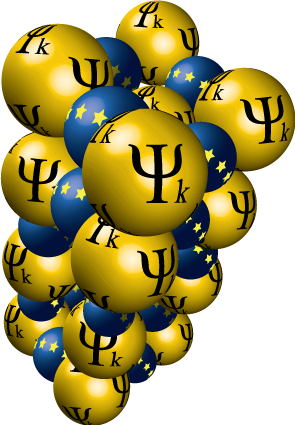
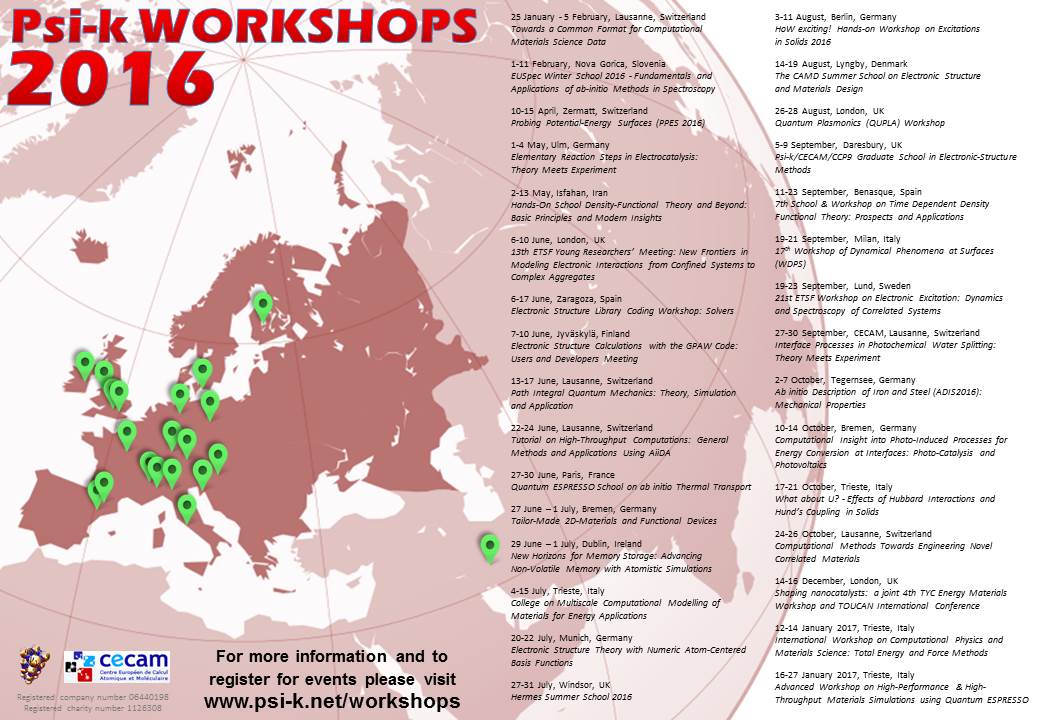
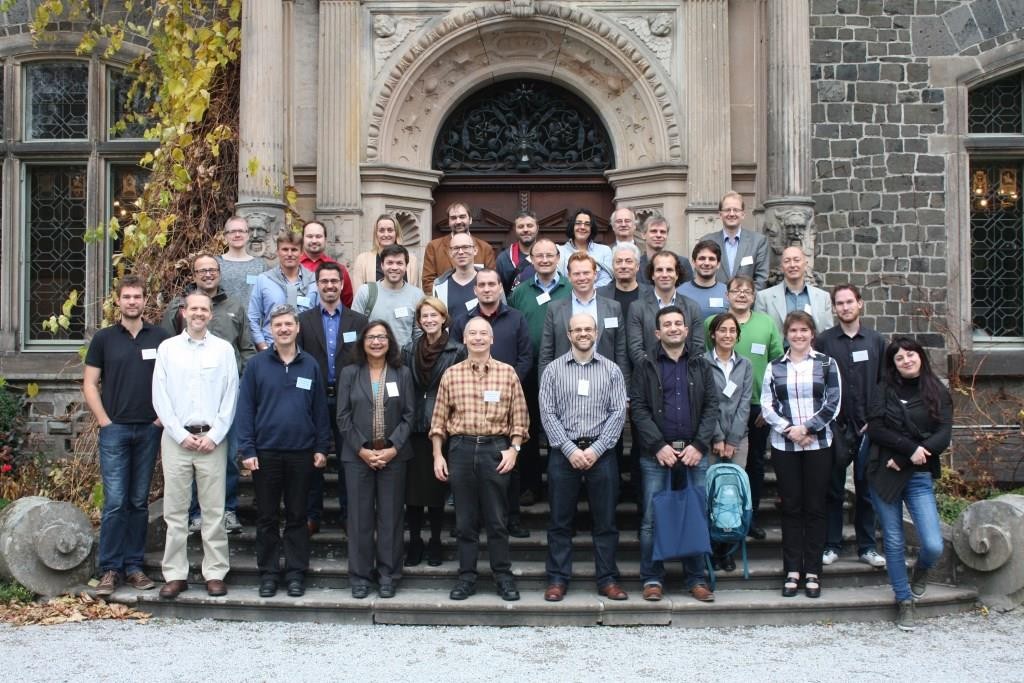
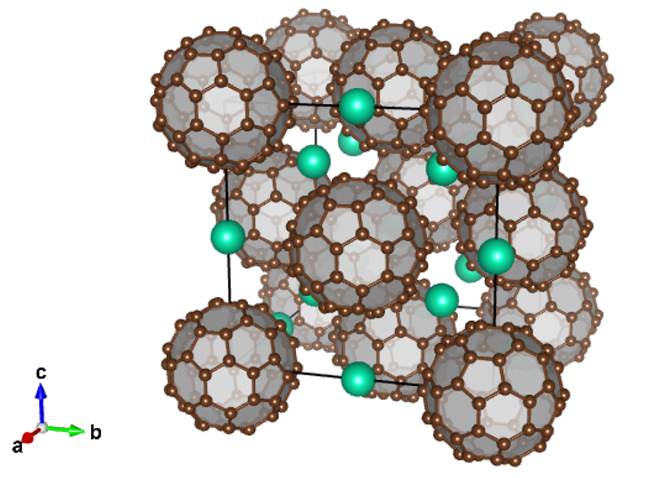

 Read the full highlight here
Read the full highlight here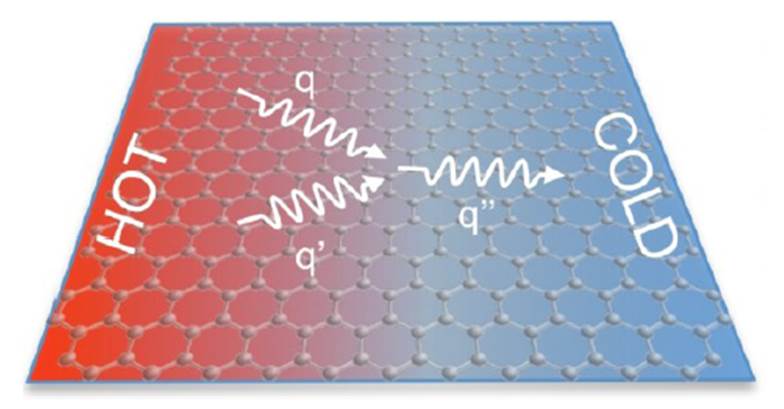
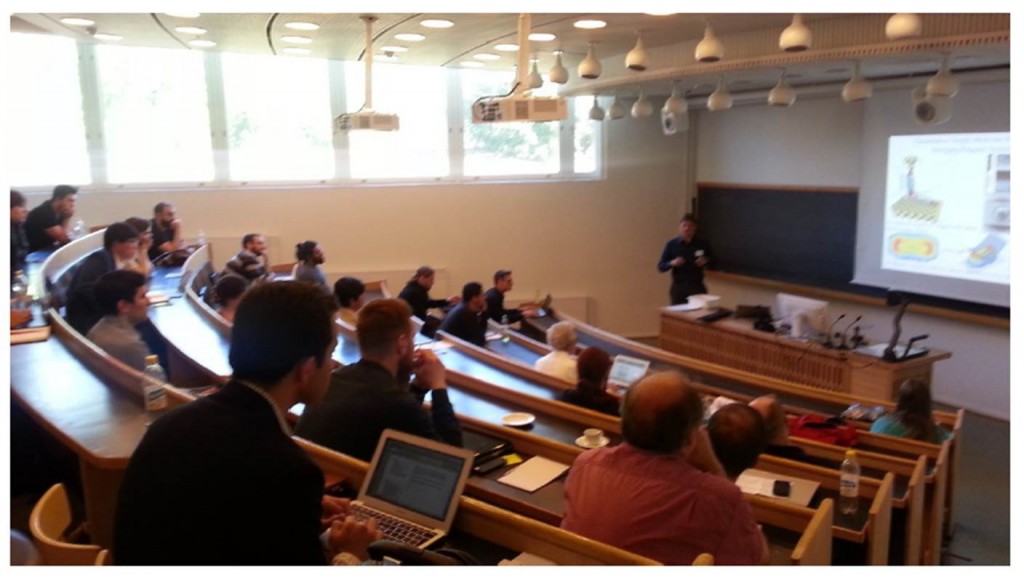
During the DPG Condensed Matter Meeting in Regensburg the Psi-k Network will organize again a Psi-k Scientific Get-Together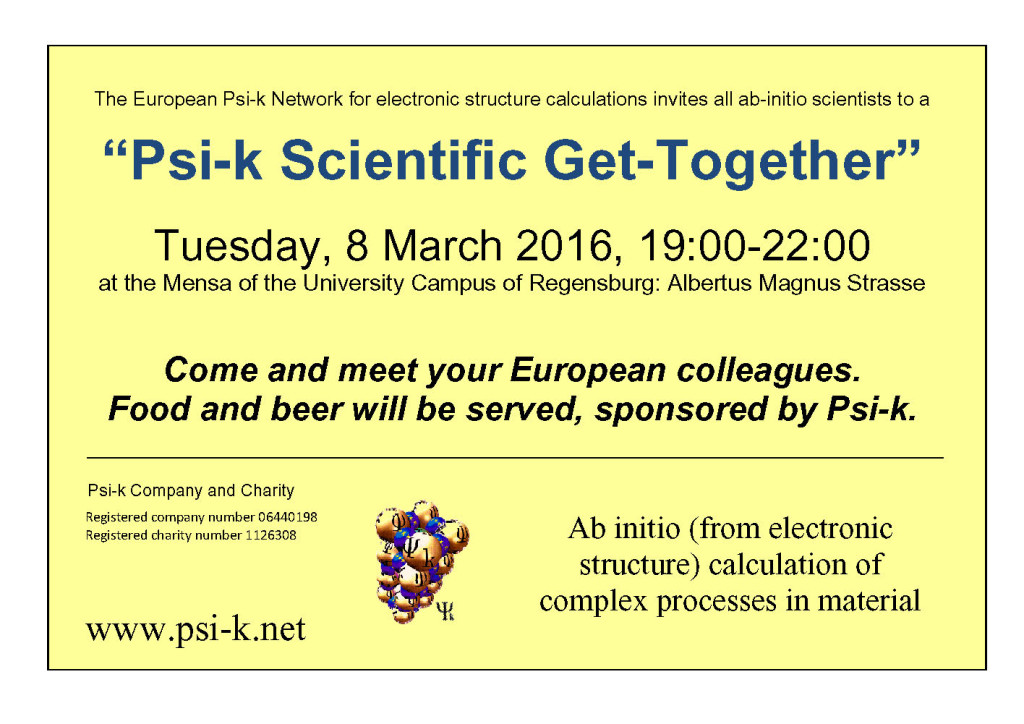
We hope that you can come to the meeting and that we have a nice Get-Together. Please distribute the attached flyer to your colleagues and coworkers.
See you in Regensburg
Peter Dederichs
Honorary Chairman